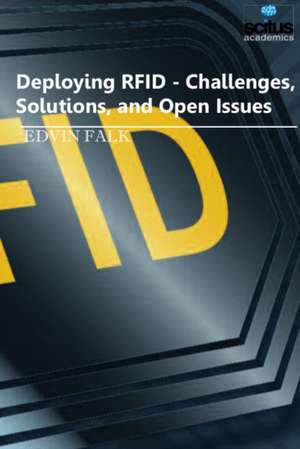Deploying RFID: Challenges, Solutions & Open Issues
Editat de Edvin Falken Limba Engleză Hardback – 16 feb 2017
Preț: 906.26 lei
Preț vechi: 1105.19 lei
-18% Nou
Puncte Express: 1359
Preț estimativ în valută:
173.41€ • 181.05$ • 143.52£
173.41€ • 181.05$ • 143.52£
Carte indisponibilă temporar
Doresc să fiu notificat când acest titlu va fi disponibil:
Se trimite...
Preluare comenzi: 021 569.72.76
Specificații
ISBN-13: 9781681172897
ISBN-10: 1681172895
Pagini: 298
Dimensiuni: 155 x 230 mm
Greutate: 0 kg
Editura: Scitus Academics LLC
Colecția Scitus Academics LLC
ISBN-10: 1681172895
Pagini: 298
Dimensiuni: 155 x 230 mm
Greutate: 0 kg
Editura: Scitus Academics LLC
Colecția Scitus Academics LLC
